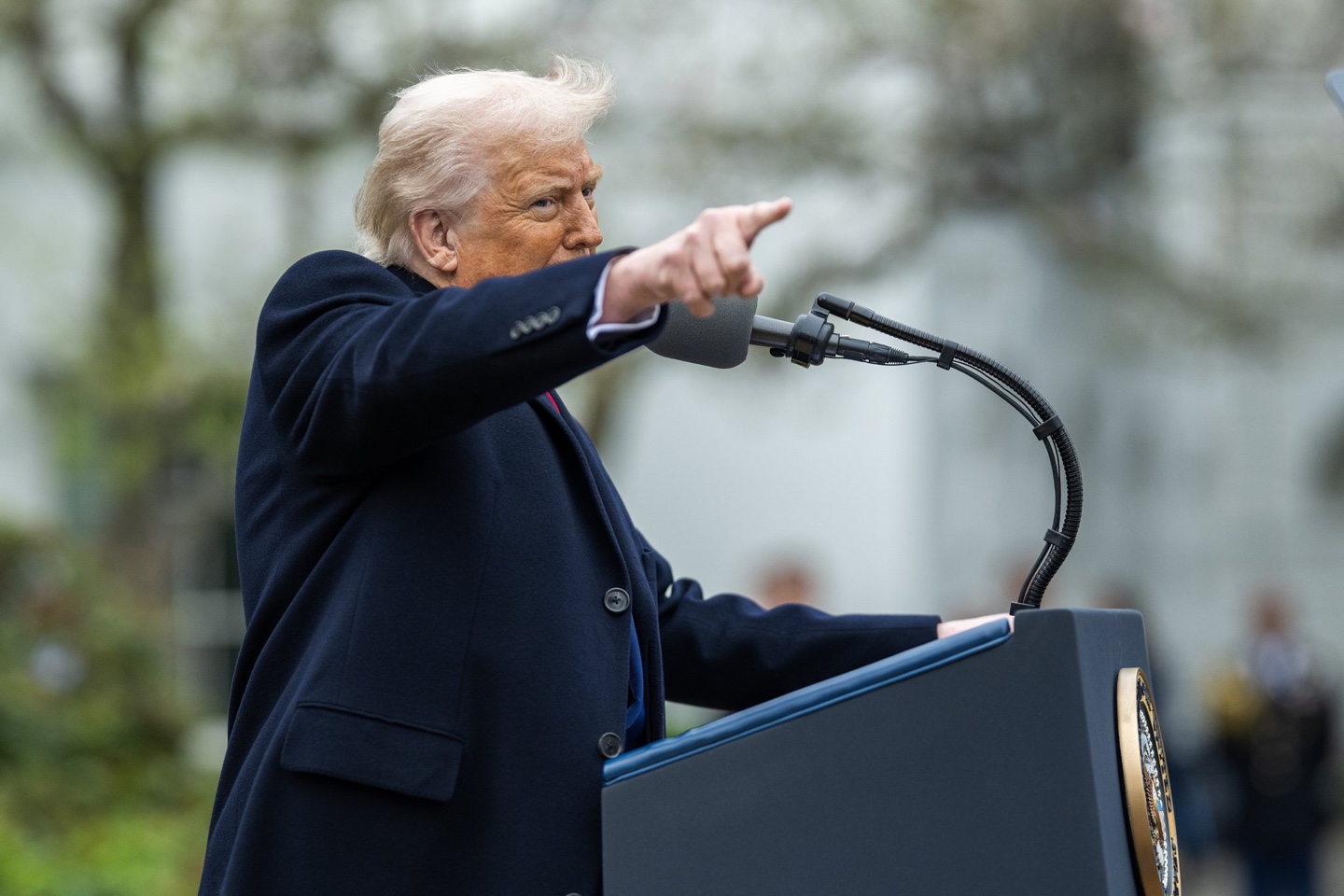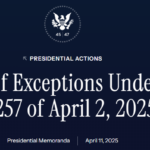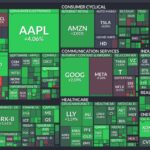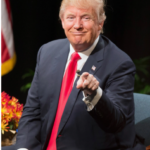Explore how Trump’s latest China tariffs, effective today, will reshape the global economy. Insightful analysis of implications for the U.S., Asia, and global markets.
🌎 Trump’s New China Tariffs: A Turning Point for Global Trade
On April 8, 2025, the Trump administration officially activated a fresh wave of tariffs targeting a wide range of Chinese imports, including automotive parts, electronics, and low-value packages. This marks a pivotal shift in U.S.-China trade relations, with global implications spanning from Wall Street to Be
🇺🇸 Impact on the United States
- Consumer Prices: Americans could soon feel inflationary pressure, especially in goods sourced from China (electronics, household goods, auto components).
- Tech & Retail Sectors: Companies like Apple, Walmart, and Target may see margin compression due to higher import costs.
- Market Sentiment: U.S. indices like the S&P 500 and Nasdaq may remain volatile as investors adjust to new supply chain risks.
- Manufacturing Boost? Some domestic producers may benefit in the medium term from reduced Chinese competition.
🇨🇳 Impact on China & Asia-Pacific
- Export Pressure: Chinese manufacturers face declining demand and potential job losses as U.S. buyers seek alternatives.
- Supply Chain Rewiring: Southeast Asian economies like Vietnam, Indonesia, and India may benefit as firms diversify production bases.
- Currency Response: The yuan could weaken in response, affecting regional trade balances.
- Investor Caution: Asian stock markets could see outflows, especially in export-heavy sectors.
🌐 Global Market Implications
- Commodities & Energy: Global oil demand may weaken slightly if industrial activity slows.
- Currency Volatility: Expect more dollar strength versus emerging market currencies.
- Trade Rebalancing: The EU and Latin America may seize the opportunity to fill supply gaps to the U.S.
⚡️ Key Takeaways for Investors
- Diversify internationally across stable sectors (healthcare, utilities).
- Watch for investment opportunities in tariff-proof industries (defense, AI, clean energy).
- Monitor real-time updates from the USTR, Chinese Ministry of Commerce, and central banks.
- Stay liquid and hedge portfolios against currency and geopolitical risk.
Suggested Internal Links:
- [Tariff Rumor Market Volatility 2025]
- [AI Stocks & Global Policy Shifts]
- [Safe Haven Investment Strategies 2025]





Leave a Reply